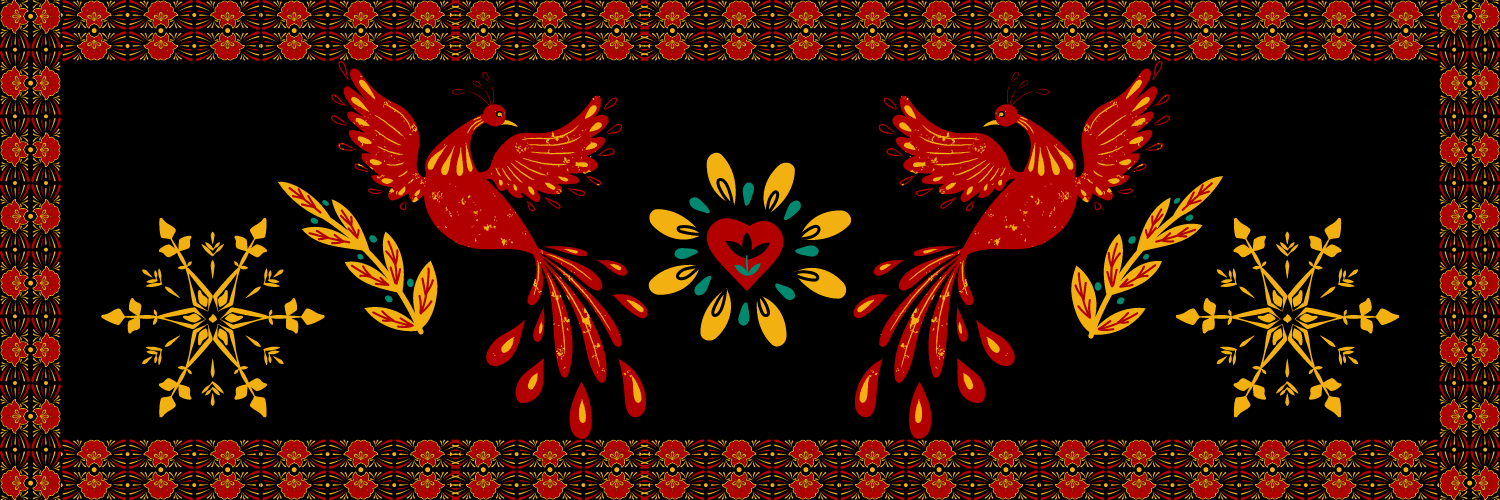Snow Blindness
During daylit hours, in flat expansive areas of snow, the bright light from the sun can bounce off the icy ground and dazzle unprepared travellers. The citizens of Ruslavia have a reasonable resistance to the light, meaning that not all snowy areas will affect them, but in tundra where the land is flat, the sun is clear and snow surrounds the traveller from all sides, even the resilient Ruslavians can succumb to Snow Blindness.
Causes
Snow blindness is a burn of the cornea (the clear front surface of the eye) by light reflected off snow and ice. The condition typically occurs at high altitudes on highly reflective snow fields or, less often, with a solar eclipse.
Symptoms
Symptoms include tearing, pain, redness, swollen eyelids, headache, hazy vision, and even a temporary loss in vision.
Treatment
Snow Blindness can be resisted with a DC15 fortitude save. For every hour spent in the snow in direct sunlight, another save is required to continue to withstand the brighness. Curing Snow Blindness requires two consecutive DC15 fortitude saves.
Prognosis
The effects of Snow Blindness usually set in between one and six hours after the victim has been exposed to the sunlight shining off the snow.
Type
Physiological
Origin
Natural
Cycle
Short-term


